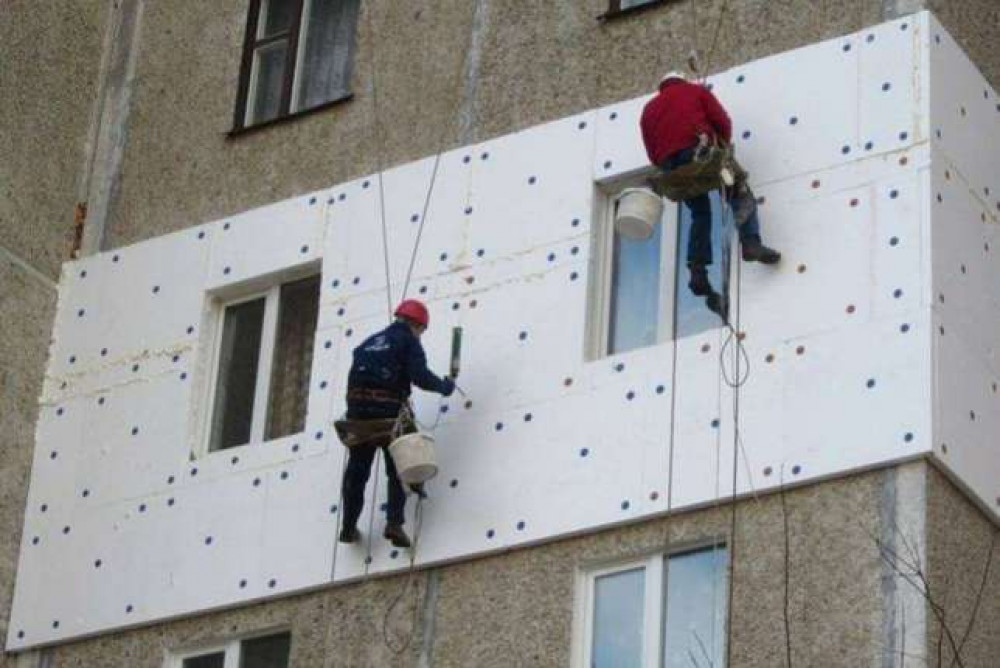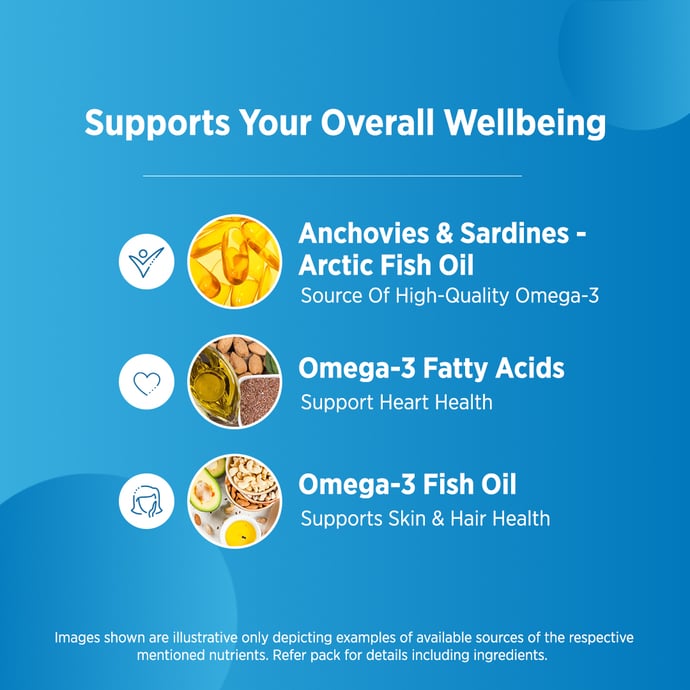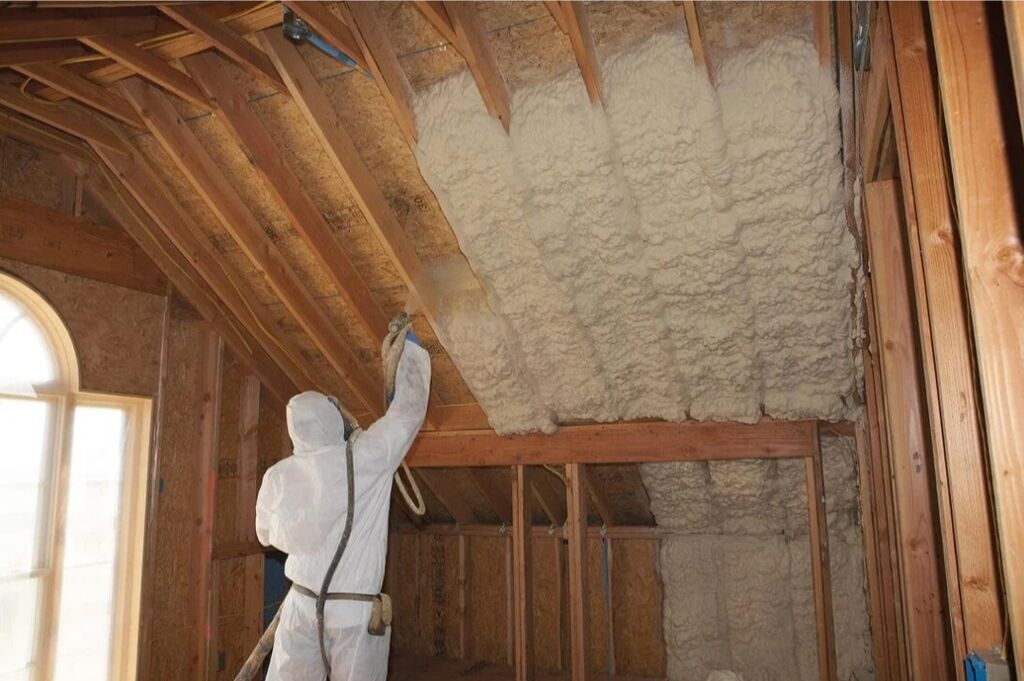Proper insulation is essential in creating energy-efficient homes and reducing heating costs. An often-overlooked method that significantly enhances a building’s thermal performance is external wall insulation. This innovative approach not only minimizes energy loss but also improves the aesthetic appeal of properties.
If you’re looking to save money on energy bills, reduce your carbon footprint, and increase comfort in your home, external wall insulation might be the solution you’re seeking. This blog explores external wall insulation, its benefits, installation process, and crucial considerations.
What is External Wall Insulation?
External Wall Insulation (EWI) refers to adding an insulating layer to the outer surface of a building’s walls to improve thermal performance. Typically, external wall insulation systems include a layer of insulation material applied directly to the external walls, followed by a weather-protective and decorative render or cladding finish.
Homes with solid walls, as opposed to cavity walls, are ideal candidates for EWI since solid walls tend to lose more heat. However, this method can also be applied to various building types, including those with masonry or timber-framed structures.
Now, let’s explore why this insulation method is creating buzz and offering game-changing benefits for homeowners and commercial property owners alike.
Benefits of External Wall Insulation
1. Enhanced Energy Efficiency
External wall insulation reduces heat loss and helps homeowners maintain a more stable indoor temperature. This leads to using less energy for heating or cooling, creating cost savings over time. EWI can also enable older buildings to meet modern energy-efficiency standards.
2. Lower Heating Bills
With external wall insulation preventing heat from escaping, your heating systems will work less hard to maintain a cozy temperature during colder months. According to the Energy Saving Trust, properly installed EWI can reduce heating bills significantly, especially for homeowners with solid wall properties.
3. Improved Aesthetic Appeal
EWI can dramatically transform a building’s exterior. With various render finishes available (e.g., smooth, textured, brick-effect, or colored coatings), it provides a modern and polished look while effectively insulating your property.
4. Reduced Carbon Footprint
Using less energy for heating and cooling significantly reduces greenhouse gas emissions. By installing EWI, homeowners actively contribute to a more sustainable future, making this solution environmentally friendly.
5. Eliminates Thermal Bridging
Thermal bridges are areas in walls where heat flow is more prevalent, leading to energy inefficiency and, occasionally, condensation issues. External wall insulation targets and reduces thermal bridging, creating a more consistent and effective barrier against temperature fluctuations.
6. Works for Older Buildings
One of the remarkable benefits of external wall insulation is that historical or older properties can benefit, too. Unlike cavity wall insulation, which requires an empty cavity between walls, EWI works directly on solid external surfaces.
How to Install External Wall Insulation
Installing external wall insulation involves multiple stages, and it’s essential to work with a qualified professional for best results. Here’s an overview of the installation process.
1. Site Preparation
Before installation, the property’s exterior walls are assessed for structural integrity and moisture levels. Repairs to cracks, gaps, or damaged areas are conducted to ensure a stable base.
2. Adding an Insulation Layer
The chosen insulation material, such as PIR boards, expanded polystyrene (EPS), or mineral wool, is securely attached to the outside of the walls. Adhesives and mechanical fixings are typically used to anchor the material.
3. Application of Reinforcement Layer
A reinforced base coat protects the insulation from mechanical damage. This base coat often includes an embedded mesh that strengthens resistance to cracking.
4. Final Render or Finish
To complete the process, a top layer of finish (render or cladding) is applied not only for aesthetics but also to provide protection from weather conditions like wind, rain, and UV exposure.
Important Considerations Before Installing
While external wall insulation offers numerous advantages, it’s vital to consider a few factors to ensure the process suits your property and budget.
1. Planning Permission
Depending on where you live, you may need to get planning permission before undertaking EWI. Listed buildings or properties in conservation areas often have additional restrictions.
2. Initial Costs
EWI is a significant upfront investment compared to other types of insulation. However, the long-term savings on energy bills offset this cost over time. Financial incentives or grants may also be available in some regions, lessening the financial burden.
3. Professional Expertise
For the best results, always hire experienced and certified professionals to install external wall insulation. Incorrect installation can lead to moisture issues, cracking, or ineffective insulation.
Types of Insulation Materials Used
There are various materials used in external wall insulation, each suited to different needs and budgets.
- Expanded Polystyrene (EPS) – Cost-effective and lightweight, offering good thermal performance.
- Mineral Wool – Highly resistant to fire and suitable for properties requiring soundproofing.
- Polyurethane (PIR) – Provides excellent thermal efficiency in thin layers.
- Cork Panels – A natural and eco-friendly option commonly used for sustainable buildings.
Discuss these options with an installer to determine the best insulation type for your project.
External Wall Insulation Costs
The cost of EWI can vary depending on factors like property size, material choice, and finish type. On average, homeowners spend between $8,000 and $22,000 for external insulation on a detached house.
While the upfront expense might seem steep, consider this an investment in both lower energy bills and added property value. Over time, the savings make it a worthwhile upgrade.
Maintenance and Care of External Wall Insulation
Once installed, external wall insulation requires minimal maintenance. However, regular inspections can prolong the lifespan of your insulated walls. Keep an eye out for cracks in the render or signs of weather damage. Cleaning the render occasionally can also maintain its fresh appearance.
Is External Wall Insulation Right for You?
External wall insulation suits various properties, especially older homes without cavity walls. However, it may not be ideal for listed buildings or those with existing structural issues requiring significant repairs first. To decide if EWI is ideal for your home, consult with insulation specialists who can assess your property’s circumstances and offer guidance.
Why Invest in External Wall Insulation Now?
This insulation method is growing in popularity due to rising energy costs and the global push for carbon-neutral practices. Governments worldwide are encouraging homeowners to make energy-efficient choices through financial incentives, making now the perfect time to invest in external wall insulation.
Key Takeaway – Improve Comfort and Efficiency Effortlessly
External wall insulation combines practicality, beauty, and sustainability. It cuts energy bills, boosts comfort, and elevates property efficiency while reducing its carbon footprint. If you’re ready to upgrade your home with external wall insulation, connect with a trusted professional to get started on this rewarding project today.







Leave a Reply